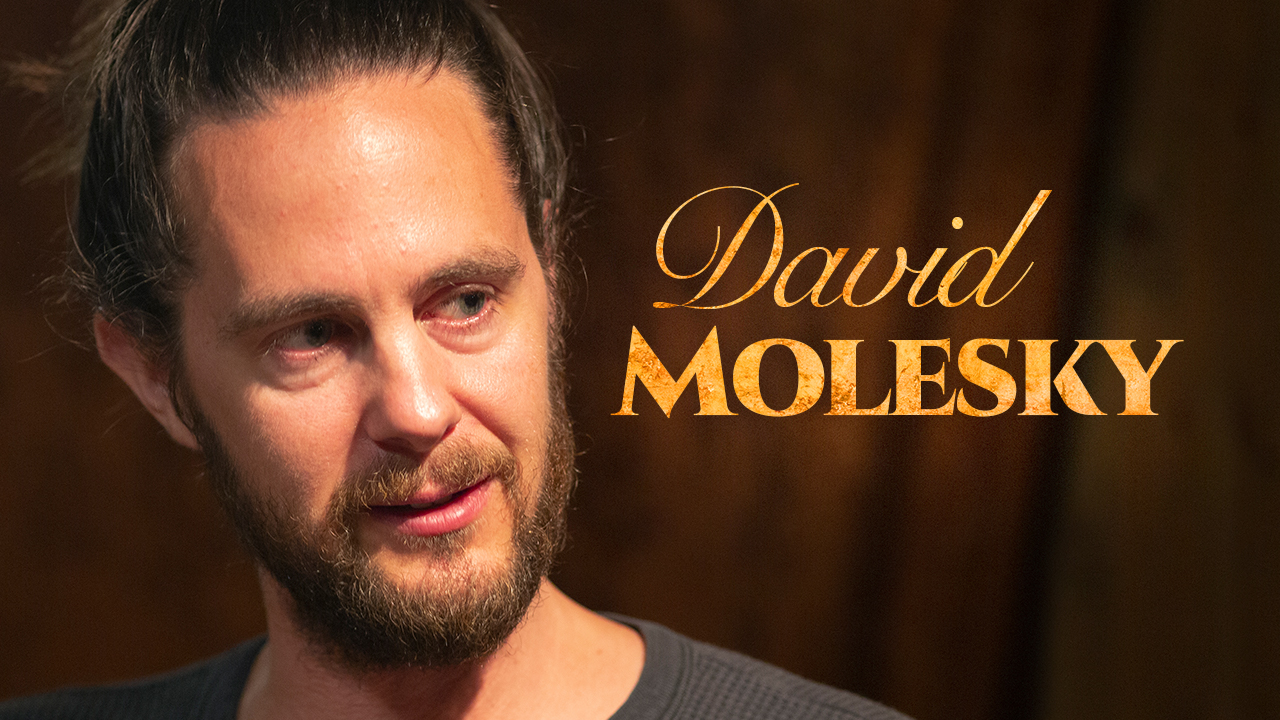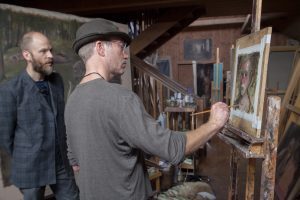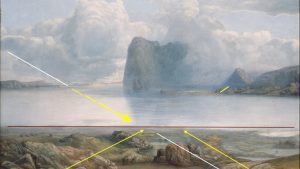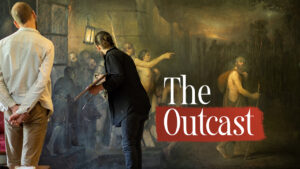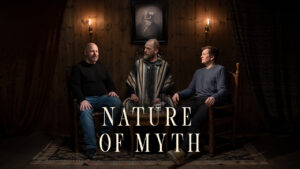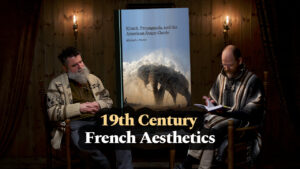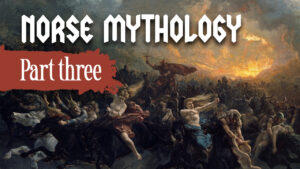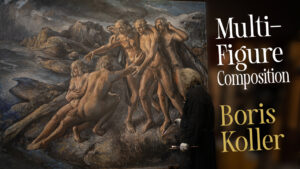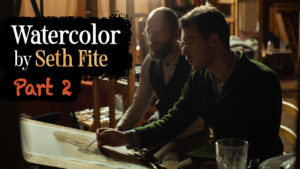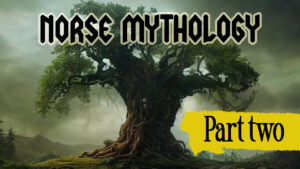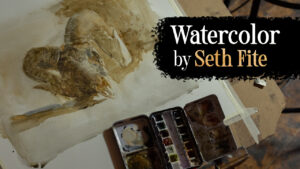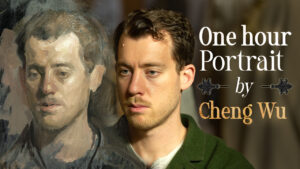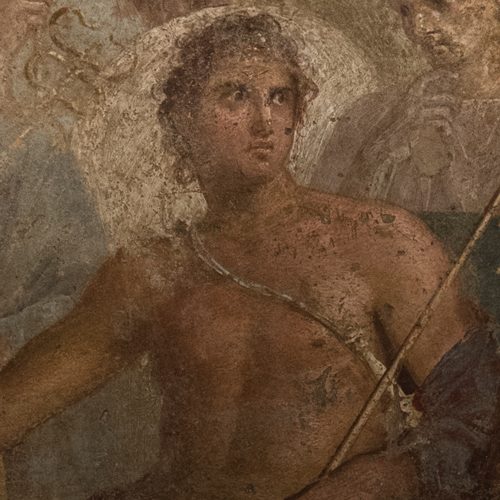David Molesky is a former student of Odd Nerdrum, based in North Carolina.
He is concerned with the rough manner of late Rembrandt and Titian — a painting method first employed by the Ancient Greek painter Apelles. Molesky contrasts this technique with so-called photo-realism, which he asserts leaves no room for the viewer.
But art historians typically interpret the rough technique as “modern”, so whose interpretation is accurate? And can you be influenced by this manner of painting without compromising clarity of form and thus wind up as a modernist?
Topics from the conversation:
01:12 Molesky’s painting “Man in the Forrest”
03:52 The Apelles palette and pre-mixing of colors
06:47 Odd Nerdrum’s interest in Pompeii murals, Pliny and Apelles
10:24 Apelles’ technique
12:01 Pliny establishes an ideal for painters
14:20 Titian’s Flaying of Marsyas
16:57 Reflecting how peripheral vision works
21:00 Apelles’ unfinished Aphrodite
26:10 Painterly vs illustrative: David Ligare, Rembrandt and Sargent
31:54 Apelles and Protogenes: A “pre-modernist” technique?
36:19 Having details too! Titian, Rembrandt and Nerdrum
38: 46 Modern art: A poor imitation of classical works?
41:40 Recreating matter with paint
43:40 When Nerdrum painted a scarf in one stroke
49:14 Leaving space for the viewer
55:03 Hoogstraaten on what to keep as you go along
59:48 The “Default Mode Network”
1:06:08 Rembrandt’s hermaphrodite self-portrait
1:09:27 The blind seer Tiresias (Metamorphosis and Odyssey)
1:14:50 Rembrandt’s references to Tiresias and Apelles
1:18:35 Reading Pliny as a painter makes you aware
This episode was filmed and edited by Bork Nerdrum.
The centerpiece was a “Man in the Forrest” (2007) by David Molesky.
SHOUTOUT to our TOP SPONSORS!
Fergus Ryan
Shaun Roberts
Matthias Proy
Eivind Josten
Børge Moe
Dean Anthony
Alastair Blain
Anders Berge Christensen
Erik Lasky
Iver Ukkestad
Jack Entz Warner
Jared Fountain
Jon Harald Aspheim
Marion Bu-Pedersen
Maurice Robbins
Misty DeLaine
Richard Barrett
Stacey Evangelista
Trym Jordahl
Yngve Hellan

